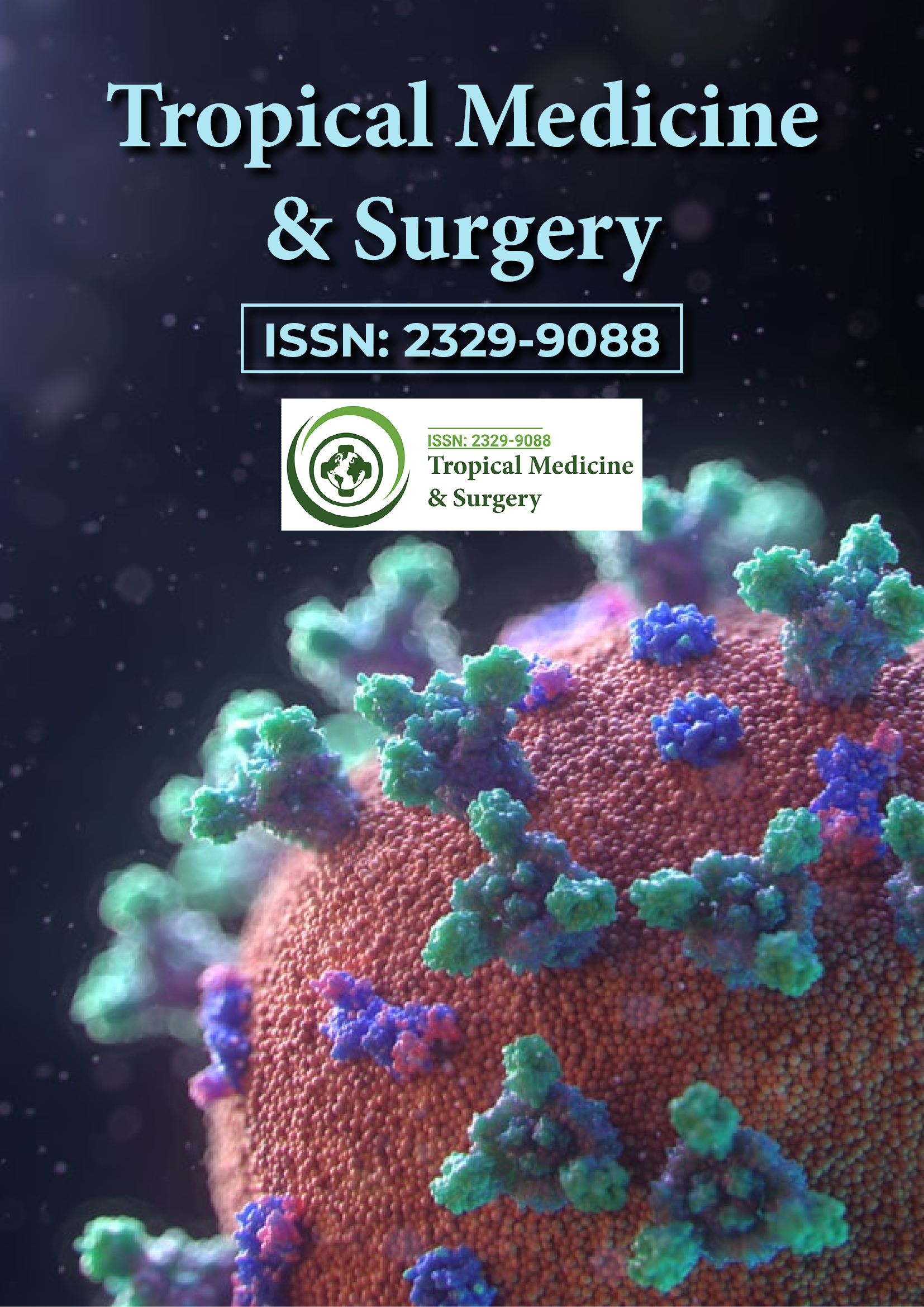Indexed In
- Open J Gate
- Academic Keys
- RefSeek
- Hamdard University
- EBSCO A-Z
- OCLC- WorldCat
- Publons
- Euro Pub
- Google Scholar
Useful Links
Share This Page
Journal Flyer

Open Access Journals
- Agri and Aquaculture
- Biochemistry
- Bioinformatics & Systems Biology
- Business & Management
- Chemistry
- Clinical Sciences
- Engineering
- Food & Nutrition
- General Science
- Genetics & Molecular Biology
- Immunology & Microbiology
- Medical Sciences
- Neuroscience & Psychology
- Nursing & Health Care
- Pharmaceutical Sciences
Commentary - (2025) Volume 13, Issue 1
The Biological Effects of Haff Disease Exposure
Lucas Azevedo*Received: 25-Feb-2025, Manuscript No. TPMS-25-28543; Editor assigned: 27-Feb-2025, Pre QC No. TPMS-25-28543 (PQ); Reviewed: 13-Mar-2025, QC No. TPMS-25-28543; Revised: 20-Mar-2025, Manuscript No. TPMS-25-28543 (R); Published: 27-Mar-2025, DOI: 10.35248/2329-9088.25.13.382
Description
Haff disease is a rare condition characterized by sudden-onset rhabdomyolysis following the consumption of freshwater fish. While this illness primarily affects skeletal muscle, some individuals present with elevated liver enzymes, raising concerns about potential hepatic involvement. The precise mechanisms behind liver enzyme elevation in Haff disease remain incompletely understood, but ongoing research suggests that toxin exposure, muscle breakdown and metabolic stress may contribute to this phenomenon. This article examines the relationship between Haff disease and elevated liver enzymes, exploring potential causes, diagnostic considerations and implications for patient management.
Background on Haff disease
First identified in the early 20th century, Haff disease has been documented in several countries, with outbreaks occurring sporadically. The condition is linked to the ingestion of fish species such as buffalo fish, crayfish and certain freshwater varieties. Symptoms typically develop within 24 hours of consumption, with affected individuals experiencing muscle pain, weakness and dark-colored urine due to myoglobinuria. While rhabdomyolysis is the hallmark feature, laboratory abnormalities including elevated Aspartate Aminotransferase (AST) and Alanine Aminotransferase (ALT) suggest potential liver involvement in some cases.
Mechanisms behind liver enzyme elevation
Muscle breakdown and hepatic stress: Rhabdomyolysis leads to the release of intracellular components, including myoglobin, into the bloodstream. Myoglobin can induce oxidative stress and inflammation, which may place additional strain on the liver. The organ plays a central role in detoxifying waste products and processing metabolic byproducts, which may explain why some patients develop transient enzyme elevations. This response is often self-limiting but may be more pronounced in individuals with preexisting liver conditions or compromised metabolic function.
Toxin-related effects: Although the specific toxin responsible for Haff disease remains unidentified, its impact on both muscle and liver tissue is an area of investigation. Some researchers hypothesize that the toxin interferes with cellular metabolism, potentially affecting hepatic enzyme activity. If the liver is exposed to a toxic substance, enzyme release may reflect hepatocellular stress rather than direct injury.
Inflammatory response and systemic effects: Haff disease induces a systemic inflammatory response, which can extend beyond skeletal muscle to other organ systems. The liver, as a central mediator of inflammation and detoxification, may exhibit enzyme elevation as part of a broader physiological reaction. Elevated AST levels in particular may stem from both muscle and liver injury, complicating interpretation of laboratory findings.
Diagnostic considerations: When evaluating a patient with suspected Haff disease, clinicians should obtain a detailed dietary history, focusing on recent consumption of freshwater fish. Laboratory studies typically reveal elevated Creatine Kinase (CK), confirming muscle injury. Concurrent elevation of AST and ALT raises the question of liver involvement, though AST is also found in skeletal muscle, making differentiation challenging.
Implications for patient management
Monitoring and supportive care: For patients presenting with elevated liver enzymes, careful monitoring is essential to assess trends over time. Most cases resolve without intervention, though hydration and supportive care play a key role in managing rhabdomyolysis. Fluid administration helps prevent acute kidney injury by facilitating myoglobin clearance, reducing the risk of secondary complications.
Distinguishing between muscle and liver injury: Given that AST is present in both muscle and liver tissue, isolated elevation of this enzyme may not necessarily indicate hepatic damage. A higher AST-to-ALT ratio, along with marked CK elevation, favors muscle involvement. However, if ALT levels are significantly elevated or additional markers suggest hepatic dysfunction, further evaluation may be needed to rule out concurrent liver pathology.
Long-term considerations: While liver enzyme abnormalities in Haff disease are generally transient, individuals with preexisting hepatic conditions should be monitored more closely. Underlying liver disease may predispose patients to prolonged enzyme elevation or delayed recovery. Follow-up testing can help ensure normalization of values and confirm the absence of ongoing hepatic injury.
Citation: Azevedo L (2025). The Biological Effects of Haff Disease Exposure. Trop Med Surg. 13:382.
Copyright: © 2025 Azevedo L. This is an open-access article distributed under the terms of the Creative Commons Attribution License, which permits unrestricted use, distribution, and reproduction in any medium, provided the original author and source are credited
